What happens when you need a tooth extracted?

Whenever possible, your dentist or oral surgeon will do what they can to save your natural teeth. However, sometimes the only treatment option available is to remove a tooth.
Having a tooth extracted typically isn’t as traumatic as some may believe. With modern dentistry techniques, you may feel nothing more than a slight discomfort following an extraction.
Here’s what to expect should you need to have a tooth extracted.
Simple versus surgical
Tooth extractions can be divided into two categories depending on the location of the tooth and the nature of the problem:
- Simple extraction: A tooth that is still intact and visible in the mouth can usually be extracted by a dentist. The tooth is gently removed with forceps.
- Surgical extraction: An incision is made and the surrounding gum tissue is pushed aside in order to protect it. Often the tooth is sectioned into smaller pieces to facilitate removal and minimize trauma to the area.
Preparing for the extraction
Your dentist or oral surgeon will first take an X-ray to determine the best strategy for removing the tooth. The doctor will look for:
- The relationship between the tooth to be extracted and healthy teeth.
- Upper tooth location related to the sinuses.
- Lower tooth location related to the lower alveolar nerve.
- Any infections or bone disease present under the surface.
Do not smoke the day of your extraction and let the doctor know if you’ve been sick with the cold or flu.
In some cases, you may be asked to begin a course of antibiotics prior to the extraction. Pre-extraction antibiotics are recommended when the patient is suffering from a weakened immune system or already has an infection in the mouth.
Types of anesthetic
For simple extractions a local anesthetic is usually all that is required. The anesthetic will be applied via injection.
For surgical extractions you may be given local plus intravenous anesthetic or put under general anesthesia if the procedure is complex or will require several incisions.
What does it feel like?
When your tooth is being extracted you will feel pressure but no pain. Once the numbing wears off you may experience some discomfort and swelling but the pain can usually be managed with an over-the-counter pain medication.
Postop care
Along with taking any prescribed medications you may want to ice the affected area to reduce swelling. Eat soft foods that are not too hot during the healing process and do not smoke.






